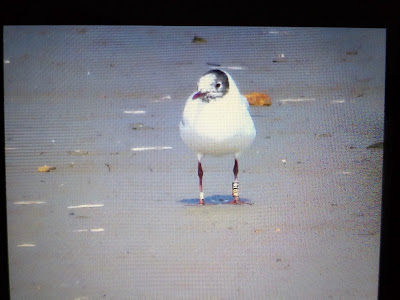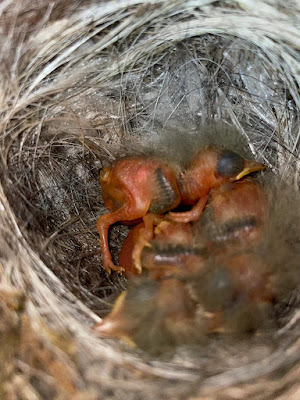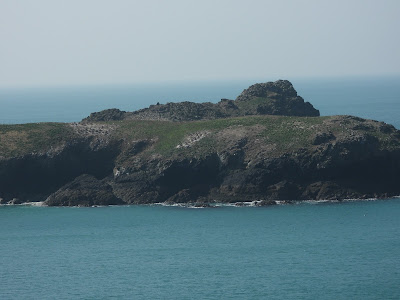We thought that 2023 was an odd year for Barn Owls, but 2024 seemed to continue the trend! The very wet spring was perhaps a boom for early grass growth, with a consequent increase in vole numbers. So 2024 saw our highest ever average clutch size (5.4), with three clutches of eight eggs being found.
This didn't necessarily feed through into large broods though, with the average (3.2) very much in line with the last couple of years:
| 2015 | 2016 | 2017 | 2018 | 2019 | 2020 | 2021 | 2022 | 2023 | 2024 | |
| Sites visited | 41 | 47 | 64 | 85 | 87 | 106 | 93 | 112 |
127 | 150 |
| Unoccupied | 11 | 12 | 23 | 34 | 36 | 43 | 35 | 34 |
29 | 66 |
| Occupied, no breeding | 7 | 8 | 5 | 4 | 3 | 4 | 5 | 4 |
10 | 4 |
| Average clutch size (where observed) |
4.6 | 4.6 | 5.3 | 5.2 | 4.7 | 4.6 | 4.5 | 4.5 |
4.6 | 5.4 |
| Average brood size (where observed) |
3.5 | 2.8 | 3.0 | 3.3 | 3.0 | 3.2 | 2.8 | 3.1 | 3.2 | 3.2 |
| Chicks ringed | 70 | 47 | 90 | 132 | 119 | 177 | 133 | 189 | 193 | 209 |
| Adults ringed/recaught | 17/8 | 14/9 | 21/14 | 18/14 | 16/15 | 22/17 | 19/17 | 20/22 |
30/24 | 22/35 |
The most productive area seemed to be Penwith (average of 4.0 chicks per brood) with the lowest being Roseland (2.4) and East Cornwall (2.9). For only the second year, we also recaught more ringed adults than we ringed new birds, which is very satisfying.
As for movements, the map below shows the origins of birds recaught as breeding birds in nestboxes during the 2024 season. As expected, most of these is short distance dispersal of young birds, on average 8.5km but ranging from 1.7km up to 37.2km.
This only relates to recaptures though, but we unfortunately also hear of many of our birds found dead. In 2024, 11 of our birds were reported dead, including three hit by cars and one that hit wires.


.png)
.png)





































